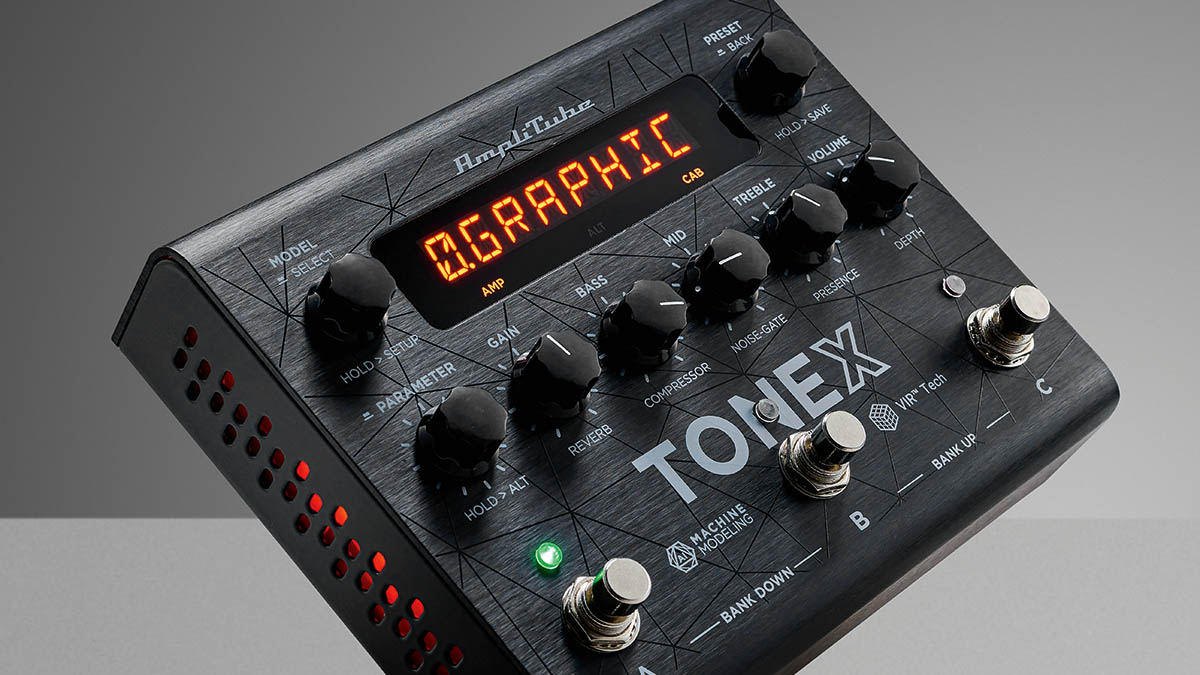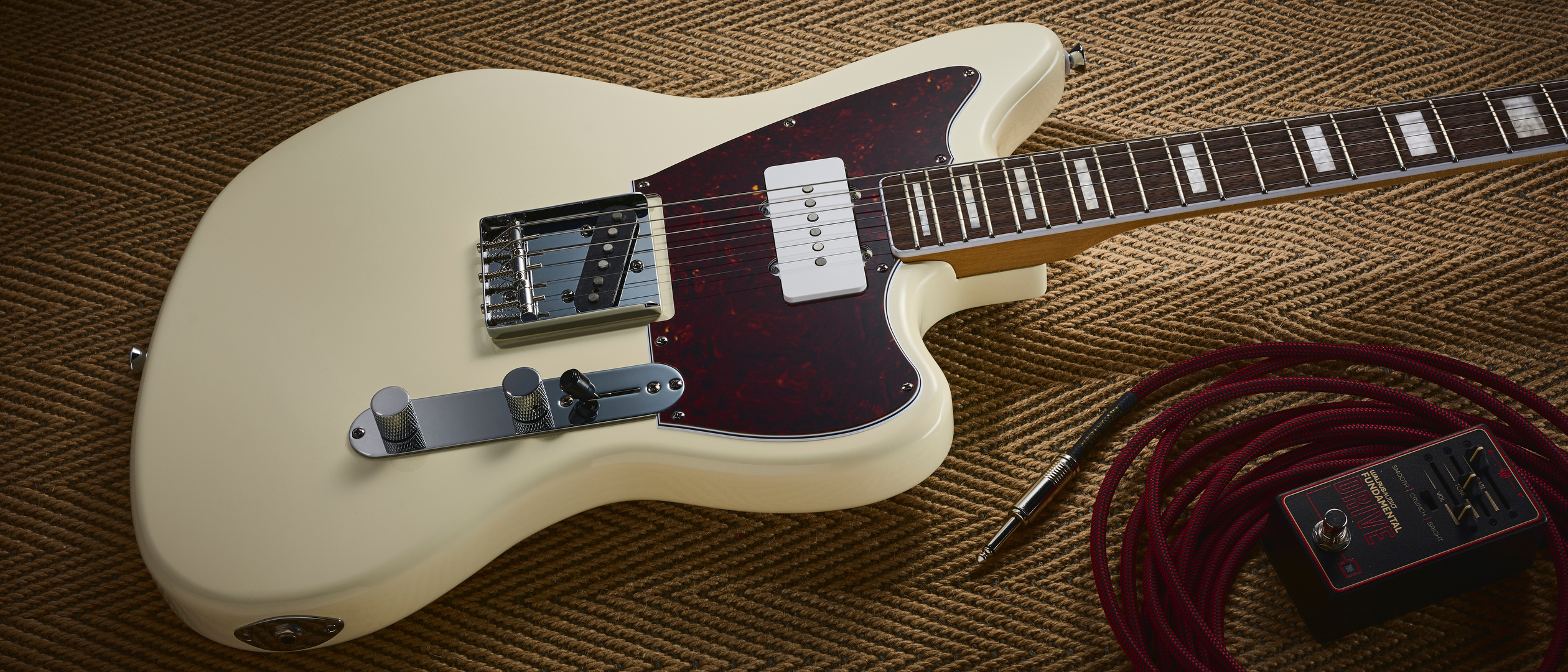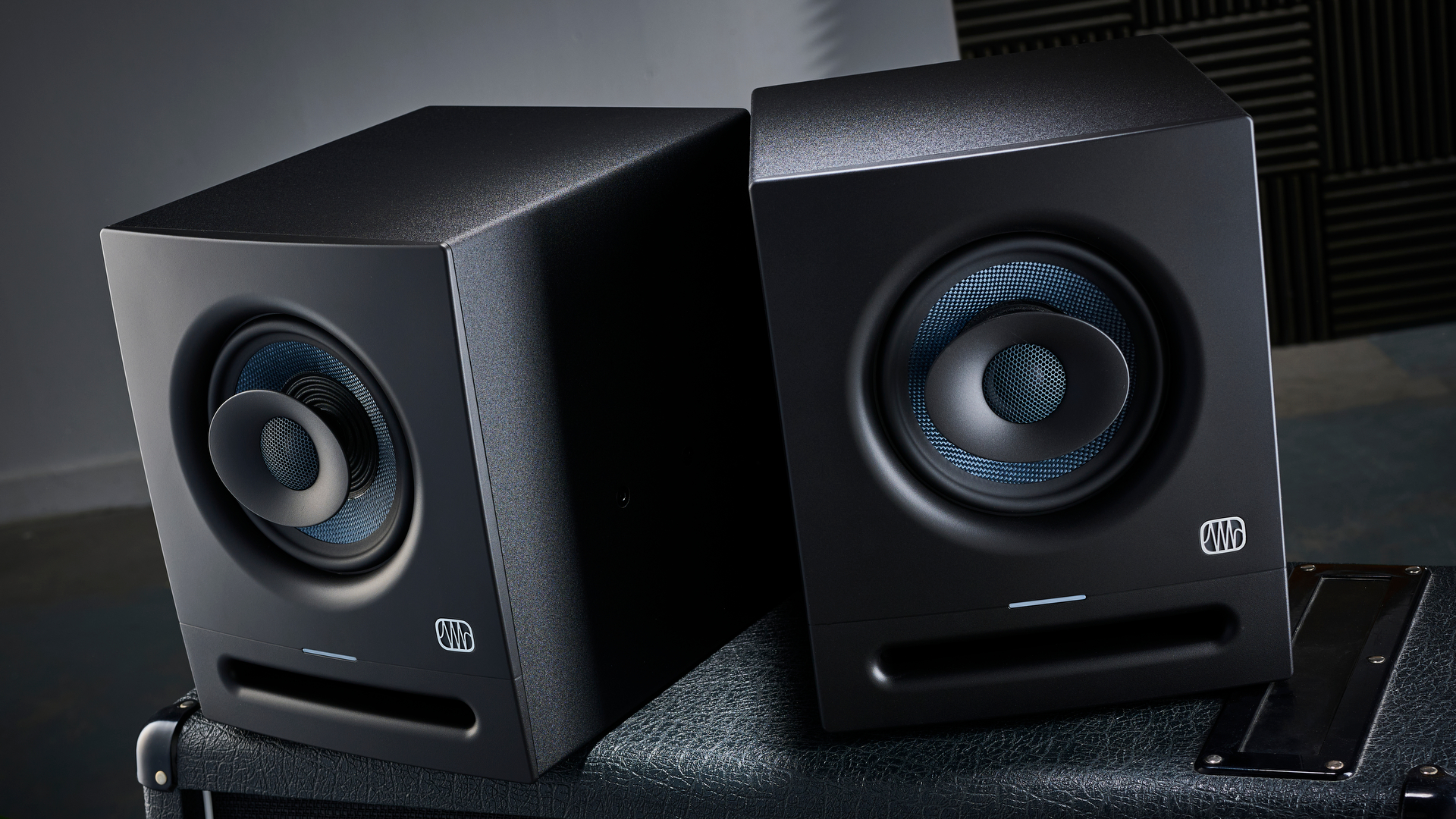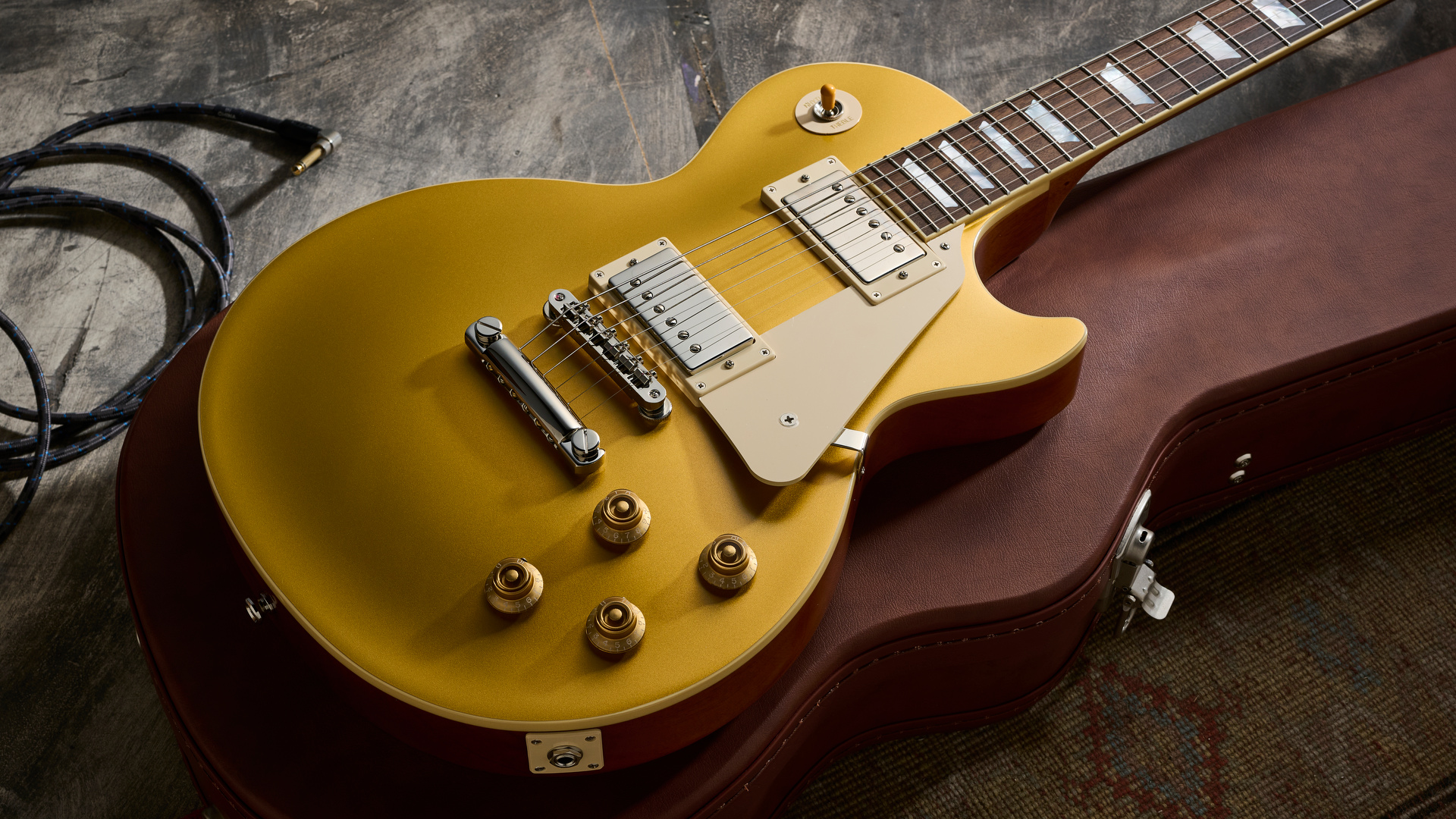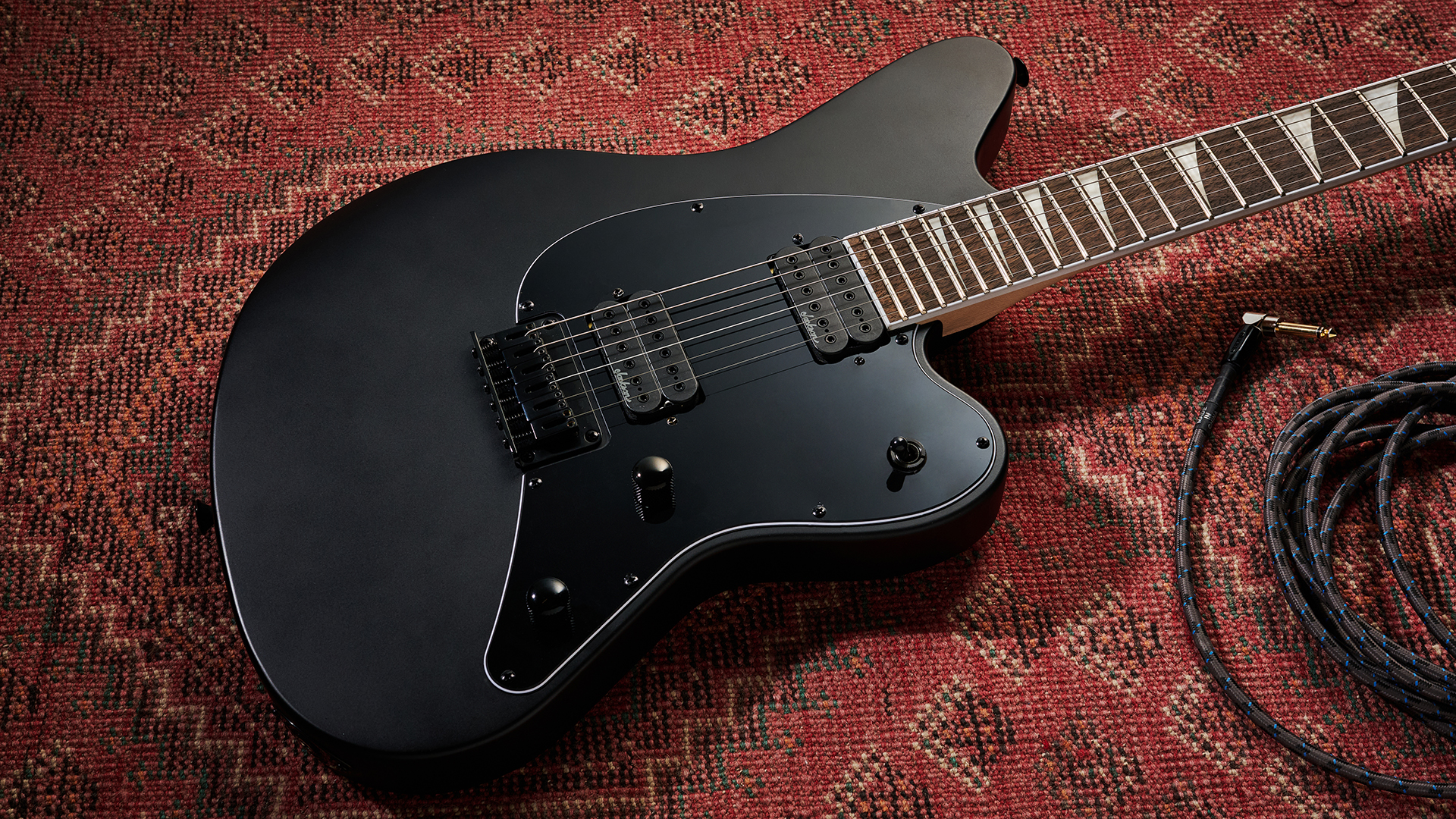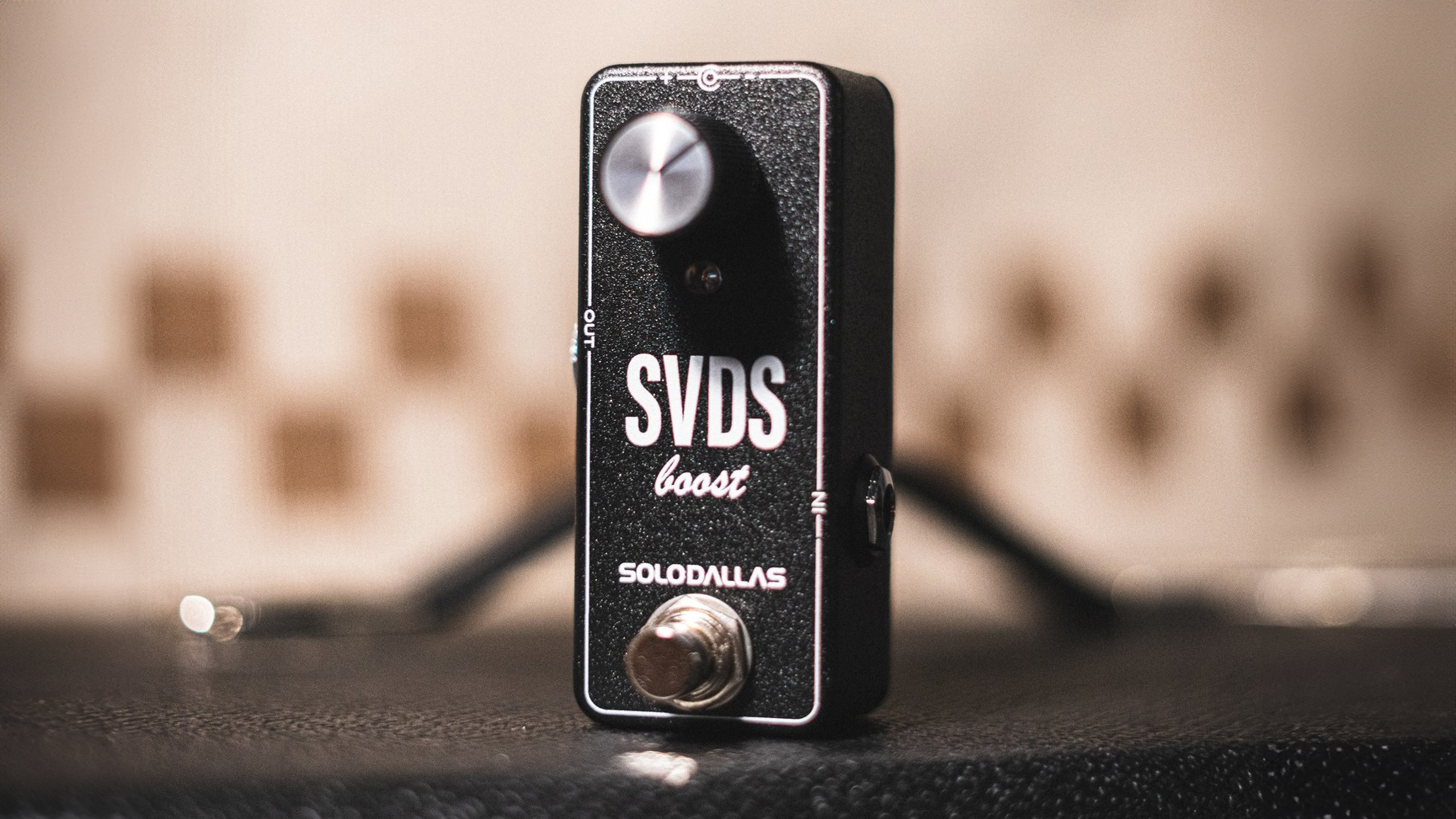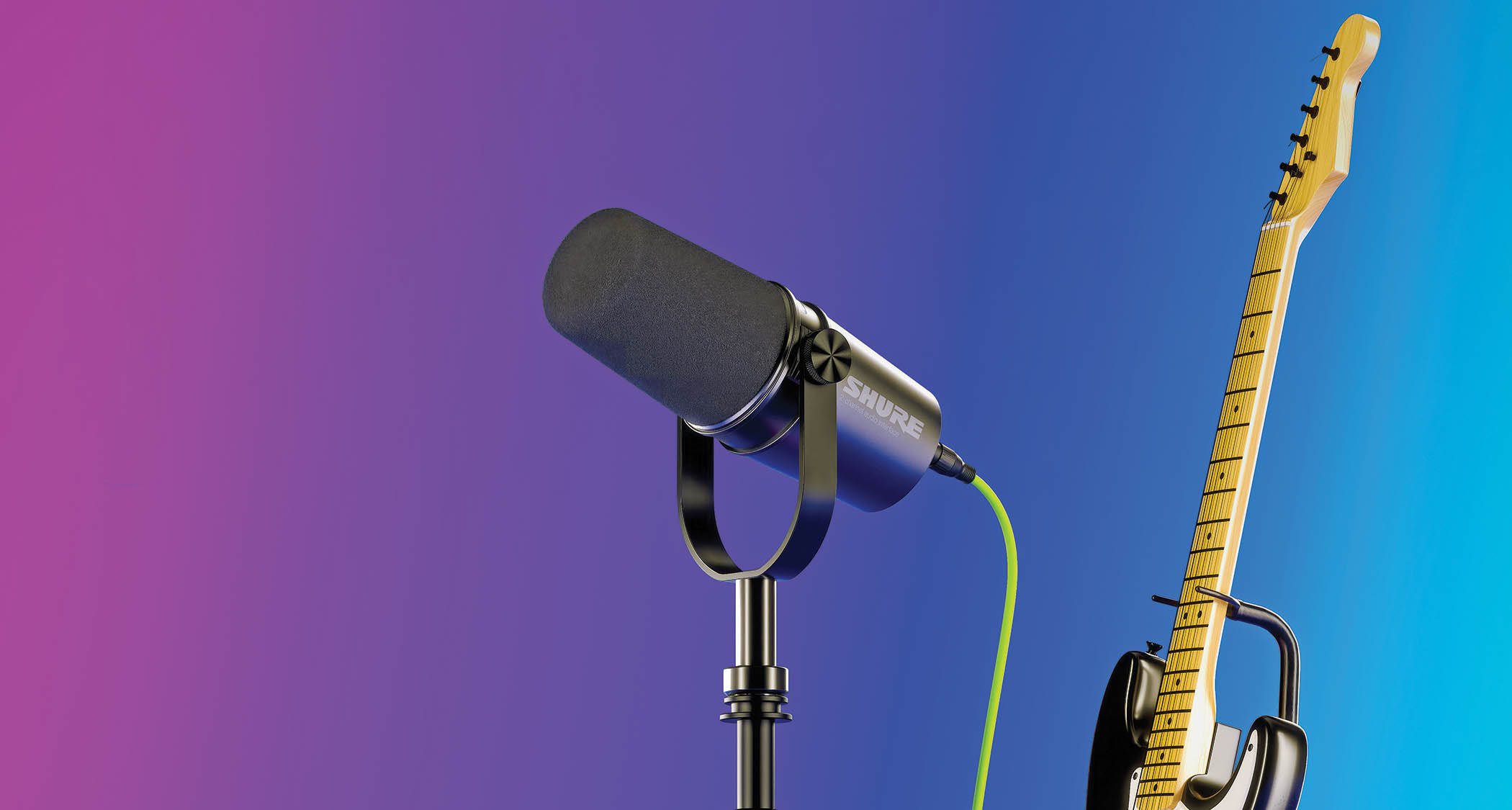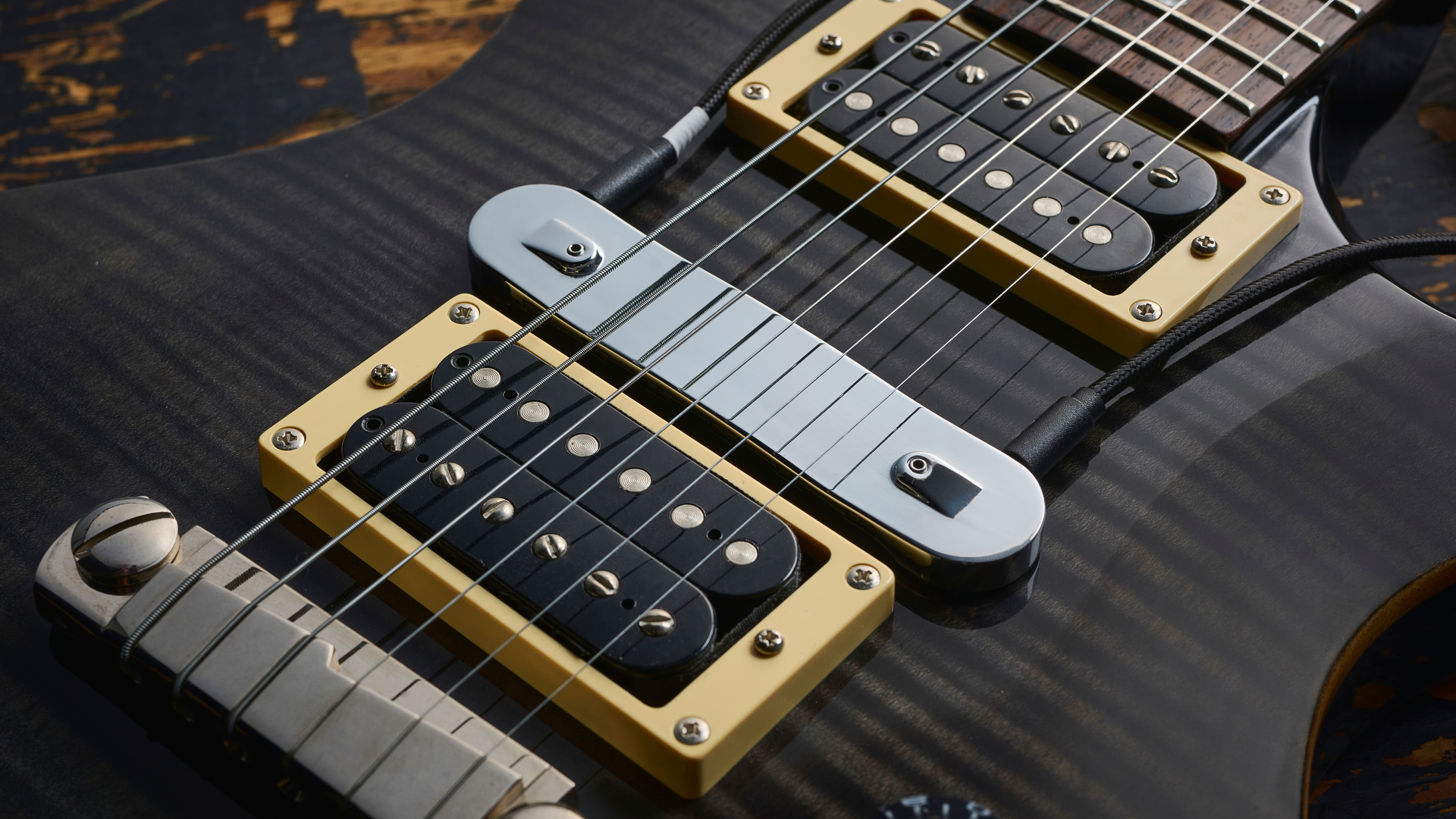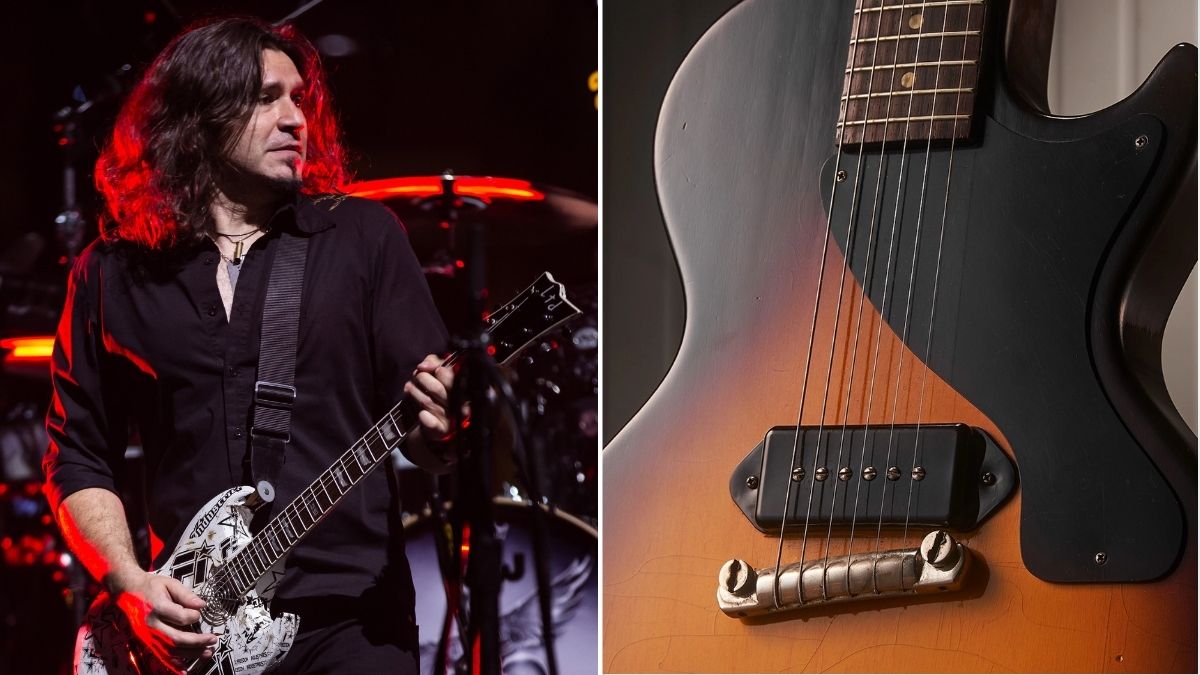Guitar World Verdict
There are no shortage of applications for the TONEX. It's a no-brainer for any player who wants to take a digital version of their rig to their gig in a compact, portable and affordable format. But it's a similarly practical tool for the home or studio.
Pros
- +
It comes with quality sounds and you can replicate your rig.
- +
Easy to use.
- +
Compact.
- +
Great price.
Cons
- -
You need a re-amping box or TONEX Capture to model your own rig.
You can trust Guitar World
Faithfully capturing a snapshot digital reproduction of any real guitar amp has for several years been the province of Kemper with their Profiler and, in more recent years, Neural DSP with the Quad Cortex – both hardware units and not cheap.
IK Multimedia, however, has chosen the more cost-effective software route for amp capture with TONEX, an application utilising AI machine modelling to create ‘Tone Models’ which could be various combinations of amp, cab and drive pedal.
Up until recently, you could only utilise the Tone Models via a standalone or DAW plugin instance of TONEX or integrate them into AmpliTube, but now the company is offering a hardware option with the TONEX Pedal, a triple-footswitch stompbox that can hold Tone Models in 150 presets for use onstage without a computer.
You could just buy the pedal and use it as is with the default onboard sounds, but its full potential is achieved by linking up to a computer to access the library of free Tone Models that can simply be dragged and dropped into the Pedal’s preset banks.
There’s no shortage of these as the Pedal comes bundled with the TONEX Max software with 1,000 Tone Models, and there’s plenty more available online as all users can post their own captures.
Access to the stored presets is easy via the footswitches, and each has a load of hands-on tweakability available from the front panel – including basic amp-style controls but also a compressor, a noise gate and reverb in the signal chain.
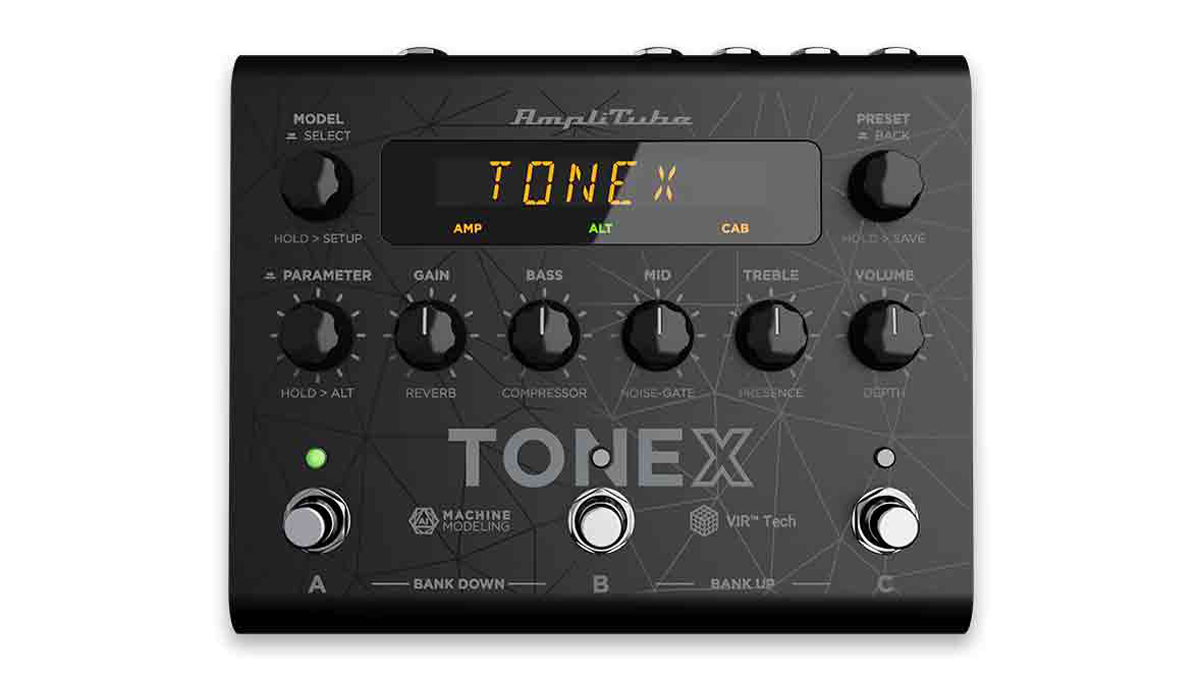
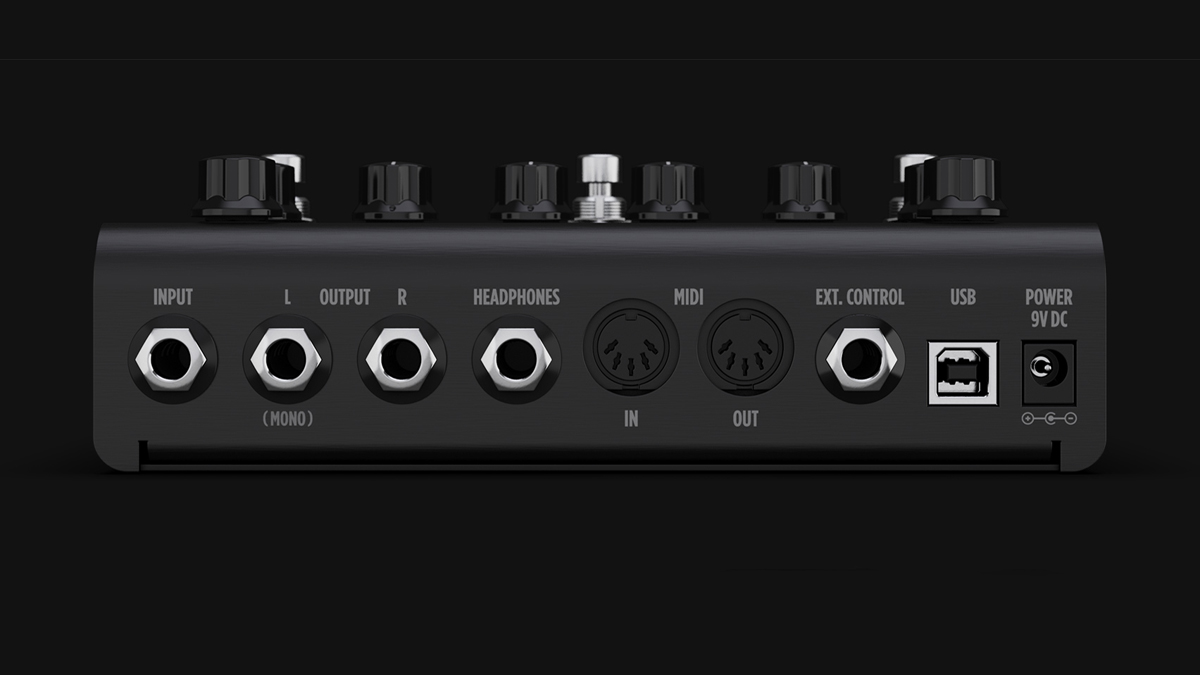
There’s a great range of quality sounds here from the outset, but if you have your own amps and want to clone their sound for use onstage or elsewhere so you can leave them at home then it’s time to use the software to capture some tones.
You’ll need some sort of re-amping box or one of IK’s other hardware items like the TONEX Capture, but the process is relatively straightforward, and it will give you a very accurate reproduction of your chosen rig. Five configurations are possible – Amp and Cab, Complex Rig (stomp, amp and cab), Stomp, Amp, and Stomp & Amp.
Considering its price compared to other hardware capture options, the TONEX Pedal is a definite game-changer.
For anyone who wants an affordable, accurate sonic representation of their own rig to take to gigs it’s a no-brainer, and for anyone who’s content to use the available Tone Models it’s a very practical asset with a variety of uses including as an amp/cab rig for practice, recording or live into a PA or maybe, with cab sim turned off, as an array of different overdrive pedals for your pedalboard.
Specs
- PRICE: $/£399
- TYPE: Amp, cab and effects modelling pedal
- FEATURES: 150 presets, MIDI control, audio interface capability, comes with AmpliTube 5 and TONEX MAX software
- CONTROLS: Model, Preset, Parameter, Gain, Bass, Mid, Treble, Volume, Footswitch A, footswitch B, footswitch C
- CONNECTIONS: Standard input, standard outputs L (Mono) & R, standard headphones output, MIDI in, MIDI out, Ext. Control, USB
- POWER: Supplied 9V DC adaptor
- DIMENSIONS: 175 (w) x 145 (d) x 57 mm (h)
- CONTACT: IK Multimedia
Trevor Curwen has played guitar for several decades – he's also mimed it on the UK's Top of the Pops. Much of his working life, though, has been spent behind the mixing desk, during which time he has built up a solid collection of the guitars, amps and pedals needed to cover just about any studio session. He writes pedal reviews for Guitarist and has contributed to Total Guitar, MusicRadar and Future Music among others.
“Our answer to everything players have asked for and more”: Neural DSP’s Nano Cortex had one major drawback – but now it’s been addressed with a huge free firmware update that takes on Kemper and TONEX
“If you’re a young guitar player, that’s money well spent”: John Mayer names the pedal he thinks every young guitar player should consider buying
